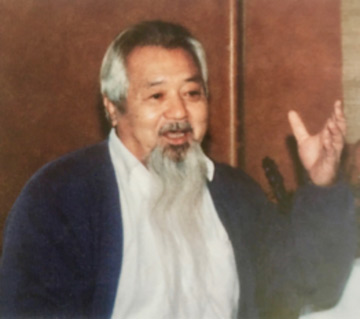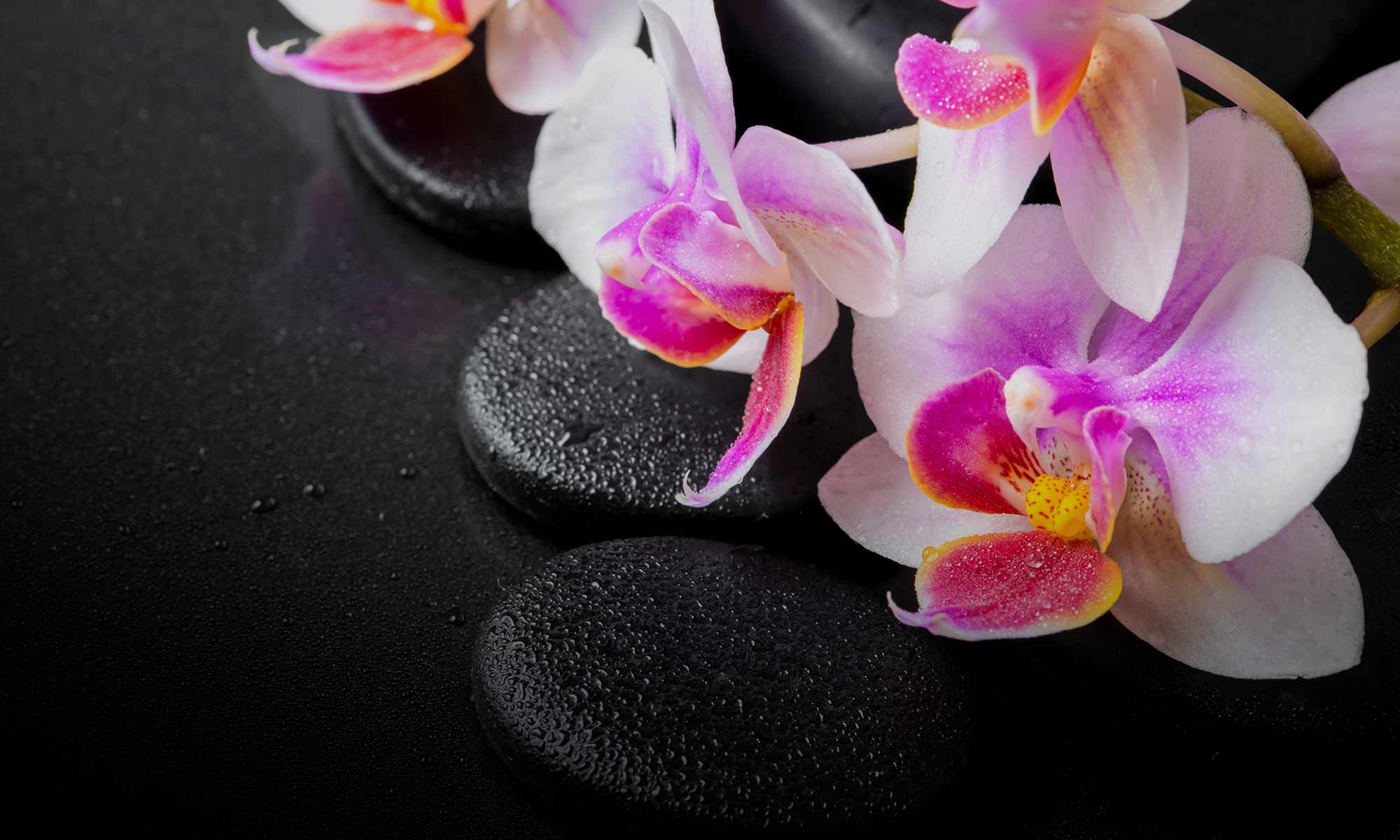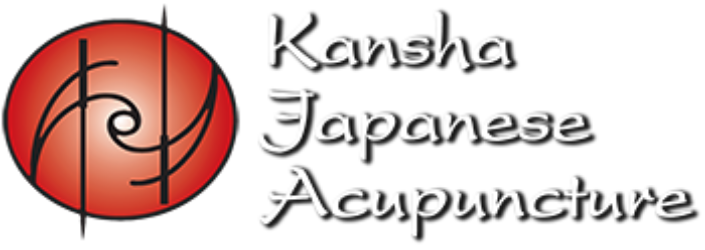
“All that exists, manifest and unmanifest, is in our spirit. It exists in our being, both conscious and unconscious, in Naka-ima (here-now)”.
— My Past Way of the Budo, Mikoto Masahilo Nakazono, Sensei
Mikoto Masahilo Nakazono (1918 – 1994) was a Japanese acupuncturist, Oriental medicine practitioner, ranked as 6th Dan in Judo and ranked as 9th Dan in Aikido. He studied for many years “directly” under Morihei Ueshiba O’ Sensei, the founder of Aikido, The Art of Peace. Nakazono Sensei was one of the first to bring Aikido and Kototama Practice to the West.
Born in the Kagoshima prefecture of Japan, Nakazono Sensei began his studies at the age of six by practicing Kendo with his uncle. At twelve he started Judo practice and at about nineteen, began Karate. He then included studying the spear and many other forms of traditional Budo and finally Aikido with (Great Teacher) Ueshiba O’ Sensei. Nakazono Sensei was the first person granted permission by O’ Sensei taking Aikido outside of Japan to Singapore in 1958.
“The Art of Peace begins with you. Work on yourself and your appointed task in The Art of Peace. Everyone has a spirit that can be refined, a body that can be trained in some manner, a suitable path to follow. You are her for no other purpose than realize your inner divinity and manifest your innate enlightenment . Foster peace in your own life and then apply the Art to all that you encounter”
— Morihei Ueshiba O Sensei
From the late 1950’s to 1960, Nakazono Sensei lived in Viet Nam, teaching Judo and Aikido to the South Vietnamese Army as a combat technique instructor. During this time his studies and insights led him to his Shugendō teacher, Sakai Sensei. Shugendo was originally an ancient Shinto exercise to grasp the Kototama Principle. Sakai Sensei taught him Te A Te (Spiritual hand treatment) and the spirit of infinite form, Jizo Bosatsu.
…all the while continuing his studies with Ueshiba Sensei learning the spiritual base/source from which he had created Aikido.
Nakazono Sensei relocated to France in 1961, and established the Kan Nigara Institute, teaching Aikido and Oriental Medicine in Europe and North Africa for 11 years. During this time he met and was promoted to 6th Dan in Judo by Abbe Kenshiro, Sensei. He remained there until the early 1970s as a representative of the Aikikai in Europe and North Africa.
Natural Medicine and the Kototama Principle
Nakazono Sensei’s formal training in Oriental Medicine began in the 1930s with Dr. Juzo Motoyama. During his apprenticeship Nakazono Sensei completed his acupuncture studies and earned his “Bone Setter” Certification (in association with his Judo ranking). In the 50s he also studied the diet principles of George Ohsawa Sensei, the founder of macrobiotics. He traveled to India where he established the Universal Institute, treating patients for three years using Ohsawa Sensei’s system, as well as directing the Oriental Medical Department in a hospital for lepers.
In the late 60s he came to Ogasawara Koji Sensei, who introduced the Kototama Principle as a way of life. Kototama meditation became Kototama Life. This new understanding of Kototama principle profoundly transformed his understanding of all his practices including Aikido and Oriental Medicine. His viewpoints took on new meaning. When Nakazono Sensei left Europe to come to America, he had over 40,000 students of Aikido and natural therapy.
“The Kototama Principle holds that the essence of humanity manifests as language; creating art, science, social intercourse, philosophy and medicine; and that the human can attune to the order and logic of the Creative Force. Thus, we as individuals may understand and act in accordance with this principle.” — Ogasawara Sensei
Taking what he learned from all his great teachers and through his years of study, practice, and integration of Aikido, natural medicine, and the Kototama spiritual principle, Nakazono Sensei created an unparalleled and powerful form of medicine. Nakazono Sensei integrated his work over many years to create a form of medicine that combines traditions of Japanese acupuncture, bodywork and traditional Japanese pulse diagnosis.
In 1972 Nakazono Sensei moved to Santa Fe, New Mexico, opening an Aikido Dojo, practicing Oriental Medicine and teaching both. In 1973 his patients introduced the Acupuncture Practice Act to the State Senate, the first such legislation to be considered in the United States. By 1977 the facility was being built that became the Kototama Institute, and in 1978 the first class was formally enrolled.
In 1979 he gathered his students to discuss the possibility of creating an acupuncture licensing board in the state. As a result, The Acupuncture Association of New Mexico was created. In 1981 the Acupuncture Practice Act was passed, making New Mexico one of a handful of States where Acupuncture could be practiced without medical supervision.
In 1984, Nakazono Sensei was awarded the distinctive status of “Living Treasure” by the City of Santa Fe for his cultural and spiritual contribution to the community.
In 1985, he was presented with the award of Exceptional Achievement by the State for inspiring the Acupuncture Act and establishing schools for professional practice and recognition of acupuncture in the state.
In 1987 Nakazono Sensei moved part time to Encinitas, California and co-founded the Inochi International Studies Program in Ensenada, Mexico. This program included a free Oriental Medicine Family Clinic over seen by Nakazono Sensei and his most senior student and co-founder, where practicers and inters had the opportunity to observe and participate in treatments.
He continued to teach and lecture until his passing October 8, 1994, he passed away in peace with his wife, Harue Nakazono at his side.

